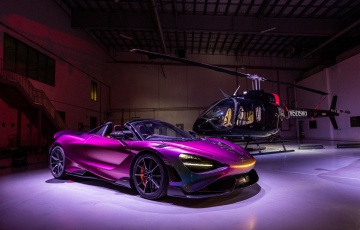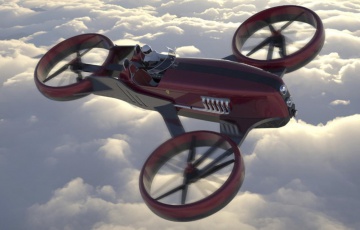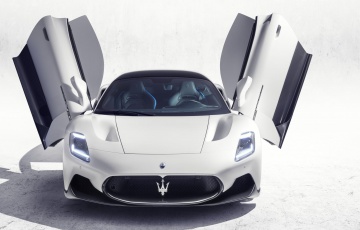Tempting F8 : 2020 Ferrari F8 Tributo First Drive [review]
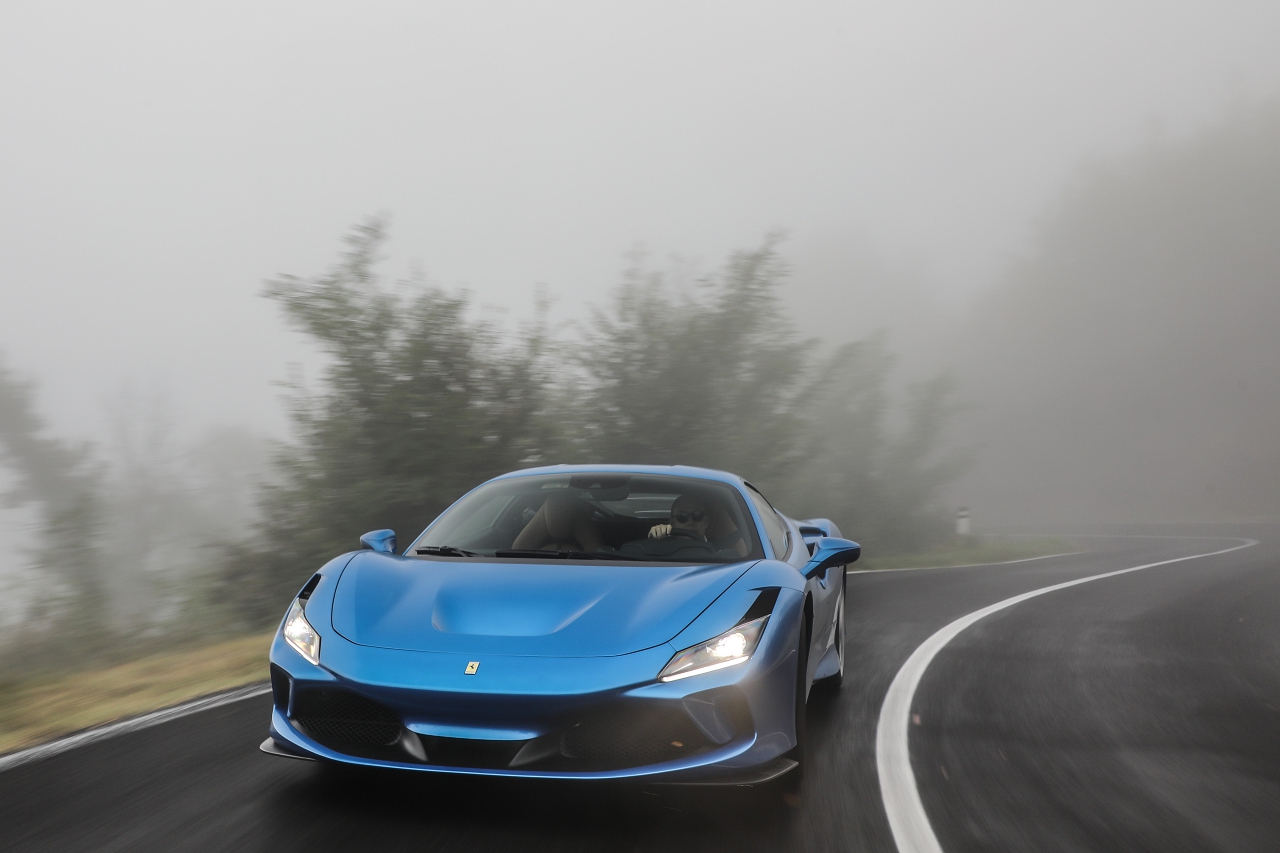
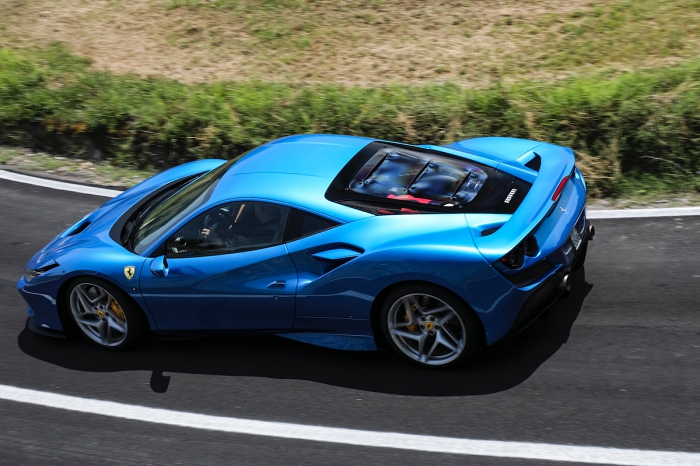
Maranello, Italy – There’s a thrill associated with the prospect of tempting fate, because the element of risk creates a natural ‘high’ – there’s nothing wrong with folks indulging themselves, but try to be sure it doesn’t inconvenience everybody else in the process.
A large part of Ferrari’s appeal is its penchant for calculated risks and mercurial unpredictability, especially in contrast to the rest of the exotic establishment; just when you think you’ve got the brand ‘pegged’, it proceeds to drop beautiful creatures that make your jaw drop and heart stop.
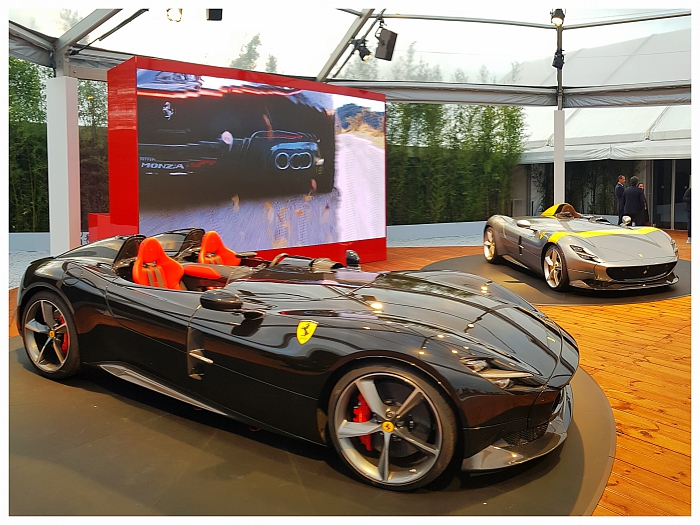
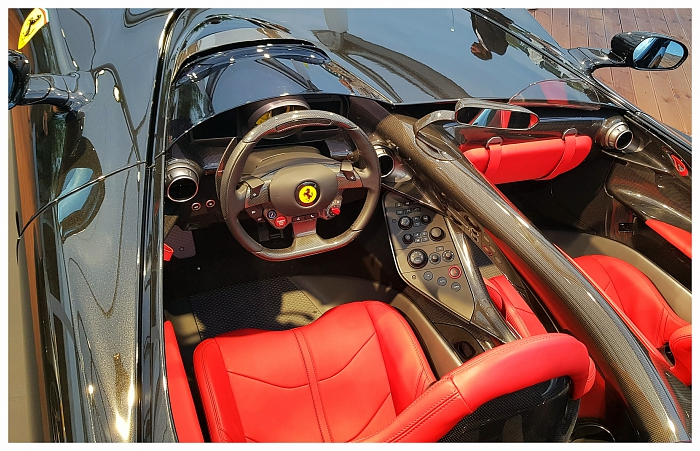
You don’t even have to dig deep to look for examples: Look at the Monza SP1 and SP2 of Ferrari’s newly minted ‘Icona’ range, the more recent 812 GTS – the brand’s first regular production V12 convertible in 50 years – or the brand’s first regular production hybrid, the SF90 Stradale, and you’ll appreciate how it never drops the ball when it comes to wowing passionate tifosi in terms of looks, as well as drive.
(Click HERE to read about the 812 GTS)
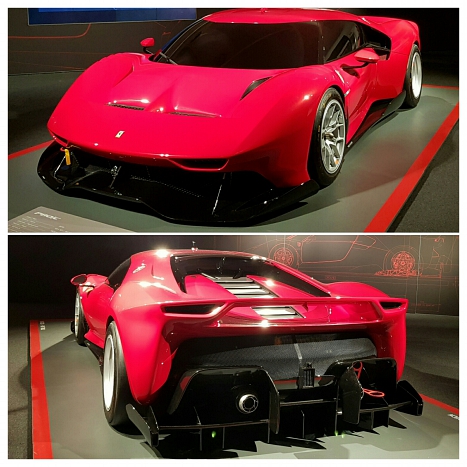
Even in the realm of bottomless money-pits that we imagine is the prerequisite when commissioning a Special Projects car, the brand never disappoints – just look at the stunning P80/C. In a nutshell, when you’re talking Ferraris, you can expect a lot more than applying lipstick to a grille, interminable colourway variations or movie tie-ins.
(Click HERE to read about the P80/C)
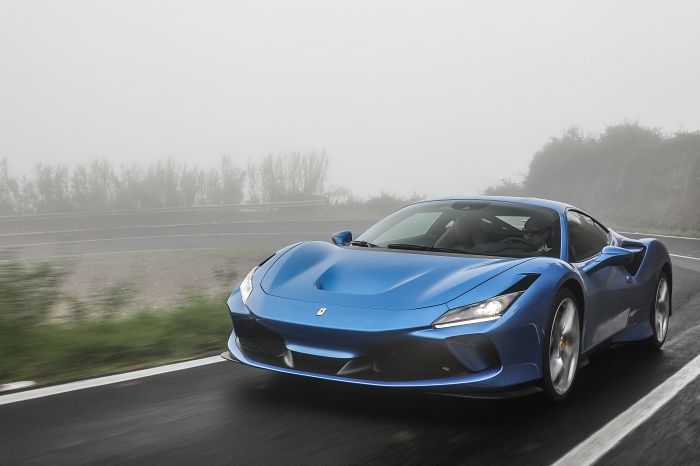
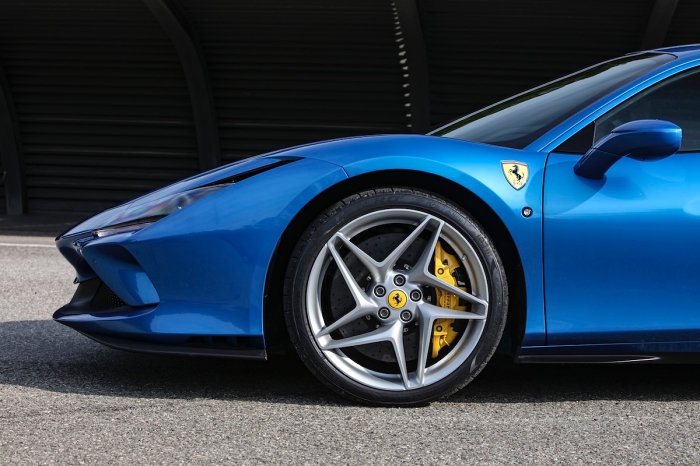
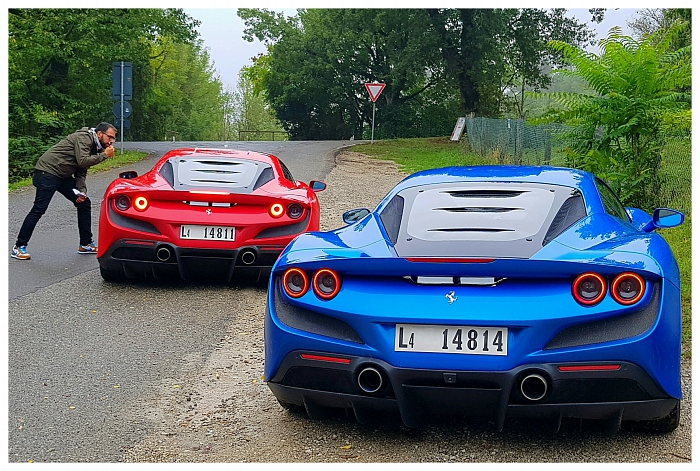
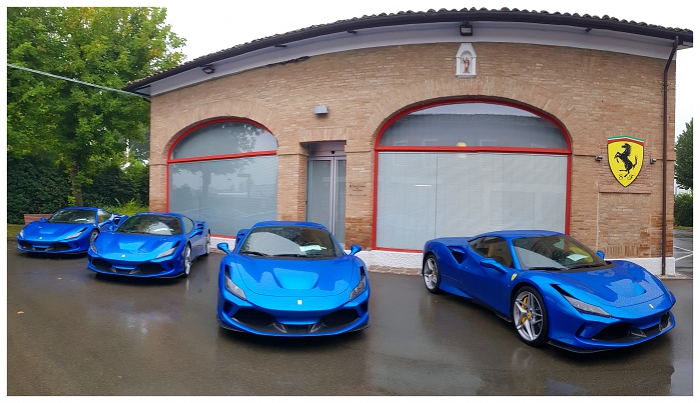
This brings us to the F8 Tributo, a fresh-faced, aggro-engined upstart update to the 458 platform that arrives just five years after the 488 – and if you’re keeping count, this makes it a total of three models underpinned by this platform.
Nothing wrong here of course, because Ferrari is now accountable to its shareholders; after all, it makes better business sense to utilise the platform for what’s likely to be the last of the pure ICE models before the arrival of the next all-new model, which is expected to feature some form of electrification.
Additionally, the F8 is intended to continue the 488’s fight against the storming McLaren 720S (with which it now shares near-similar performance figures), with the inevitable driver-focused F8 special series to-come deployed to tackle the 720S’s upcoming harder-edged 750LT ‘Longtail’ variant and the next crop of Porsche’s 992 GT models.
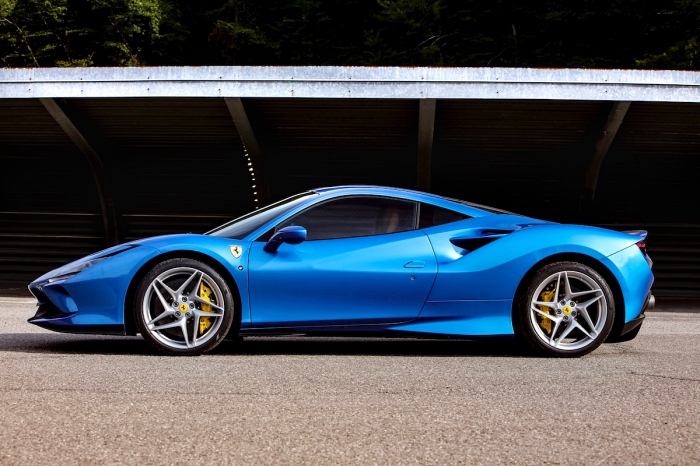
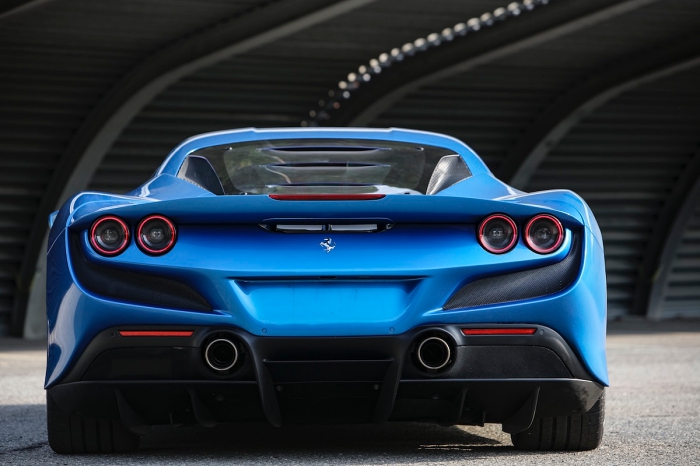
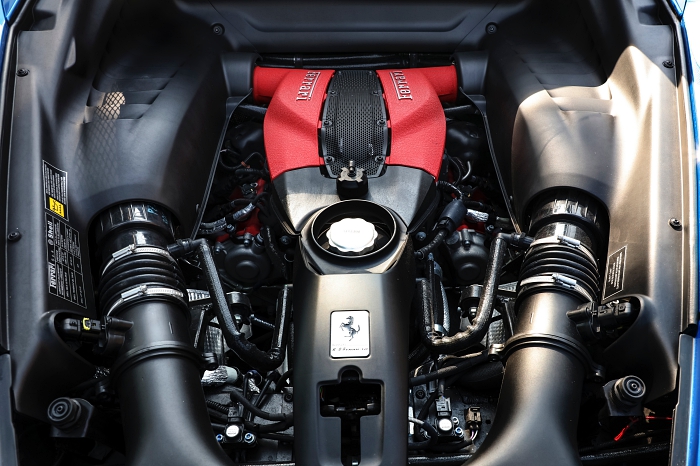
‘Tributo’ in the F8’s name is intended to pay tribute to the long line of mid-engined V8s – ‘regular’ Joes like the 308 GTB right up to the 488 GTB it succeeds, but also the specials like the 288 GTO and F40.
The 488’s design was a genteel, progressive evolution of the 458’s, but the F8 Tributo builds on this with Pista-esque aero purposefulness and increased thermal efficiency, yet injects inspiration from Ferrari’s past V8 models, with some of these aesthetics also appearing on the SF90 Stradale.
(Click HERE to read about our 488 Pista drive)
For instance, like the 488 Pista and seminal F40 – the brand’s loco twin-turbo’d special created to celebrate its 40th anniversary – the F8’s engine exhibition display ditches glass in favour of lightweight Lexan, and also boasts the F40’s familiar cooling slits to evoke the feels.
(If you're looking for the feels... click HERE to read about a trio of Ferrari's special series V8s)
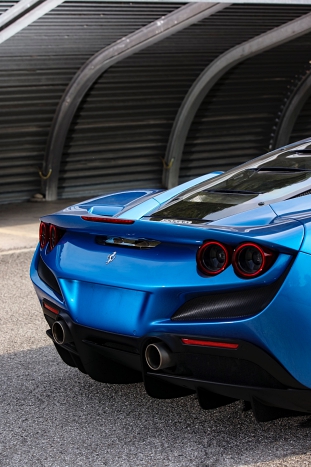
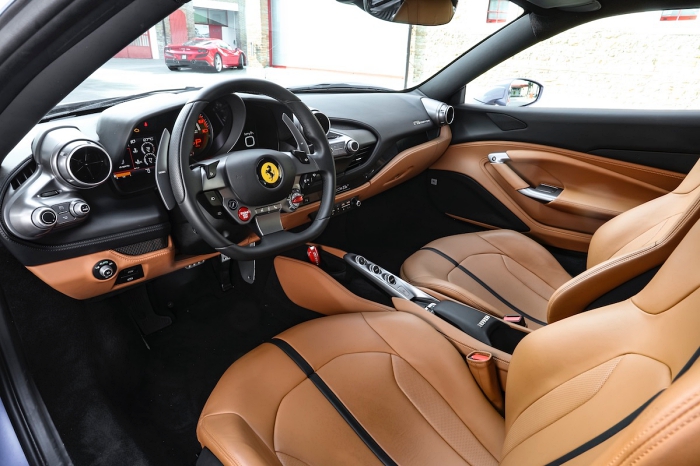
The F8’s rear now features quad-lights, a visual cue that recalls the earlier V8s up to the F430 – if you recall, the characteristic quad-lights were dropped from the 458 and 488, but made a return with the GTC4Lusso and 812, and now the F8.
(Click HERE to read about our drive in the 812 Superfast)
(We drive the GTC4Lusso HERE)
The ‘circular’ theme continues in the cabin, with a return to circular, afterburner-style air-con vents – a nice interruptus from the 458/488’s and a great return to nostalgic form.
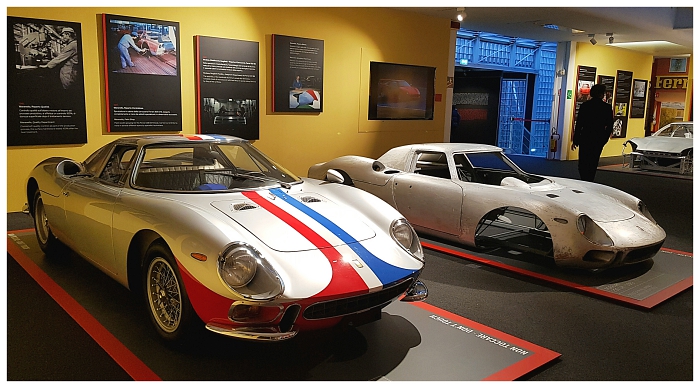
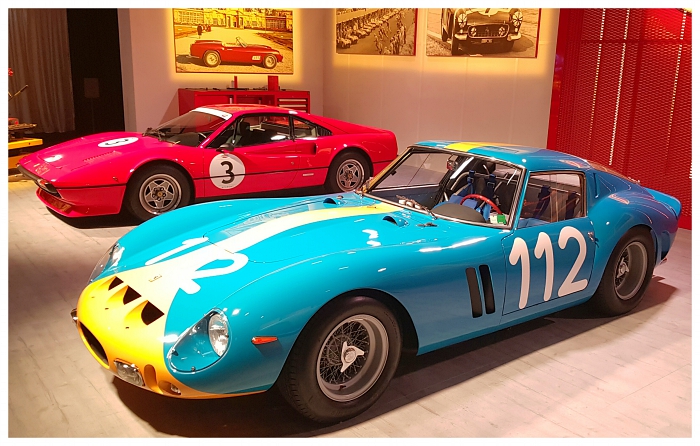
There isn’t a rigid familial design theme that ties each Ferrari together, yet every model can be identified as such – and this is even before you spot the Cavallino emblems – because the cars are unified by an ageless refinement and exquisite elegance that transcends the ages.
A quick saunter through Museo Ferrari and the immersive ‘Prancing Horse’ extravaganza that is Universo Ferrari in Maranello only served to reinforce the point: Young or old, any Ferrari stops both young and old in their tracks – think shock and awe, as opposed to the resentment that some other brands seem to attract.
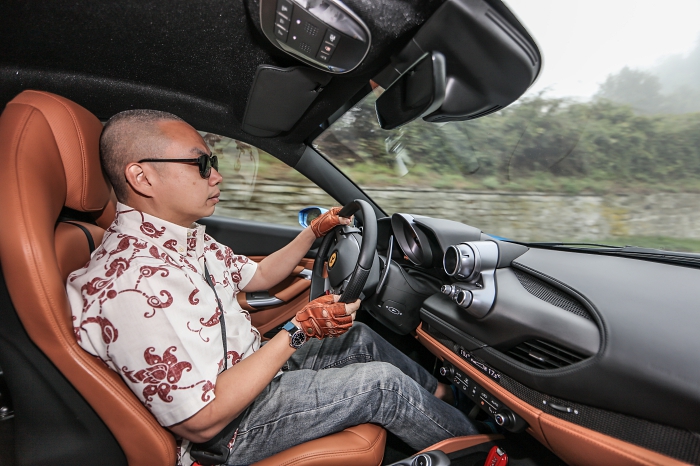
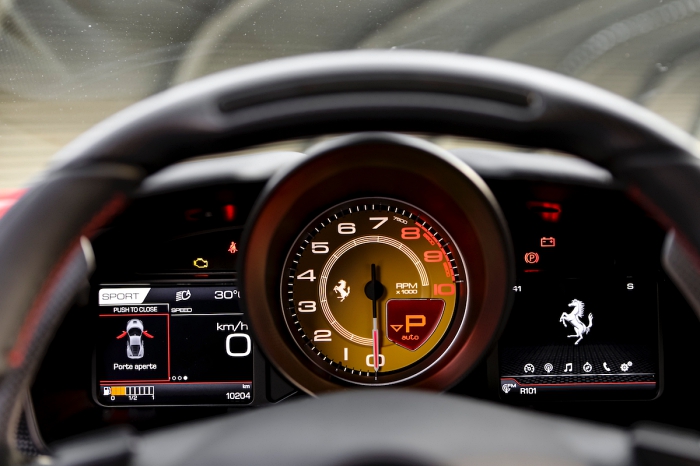
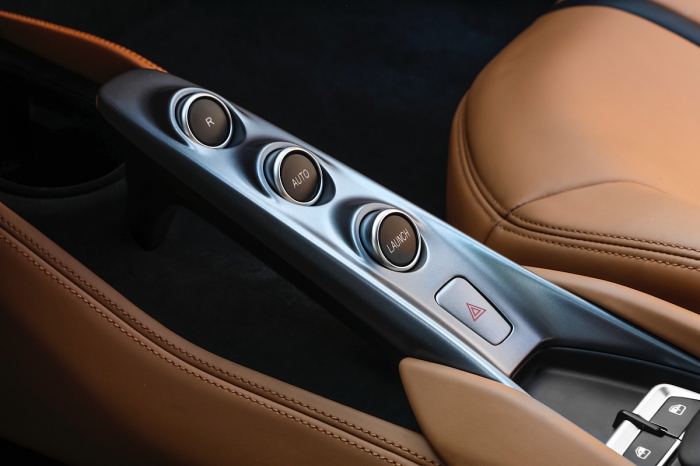
True to sporting form, the cabin is designed around the driver, and you sit in the eye of the storm, and we like that there isn’t a massive touchscreen in the centre of the dash dominating the driver-focused proceedings.
Like before, a ginormous rev-counter takes centrestage in the driver’s console, but flanking it are secondary screens (like in the 458 and 488) that allow the driver to toggle between the car’s functions: Left for vehicle related info and the right for info-taintment stuff. Bottom line is, we never needed to take our eyes off the road for anything, which is how you should be concentrating when you’re going fast.
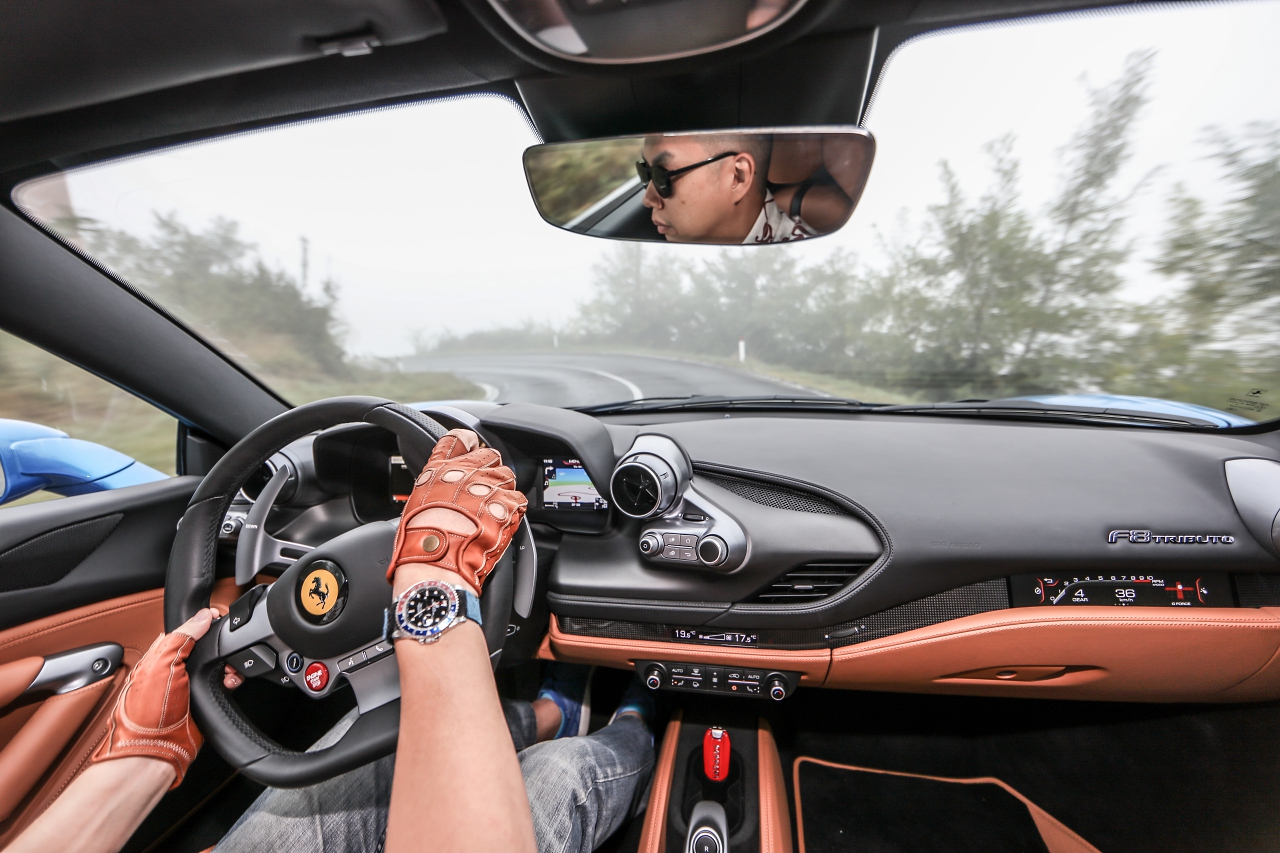
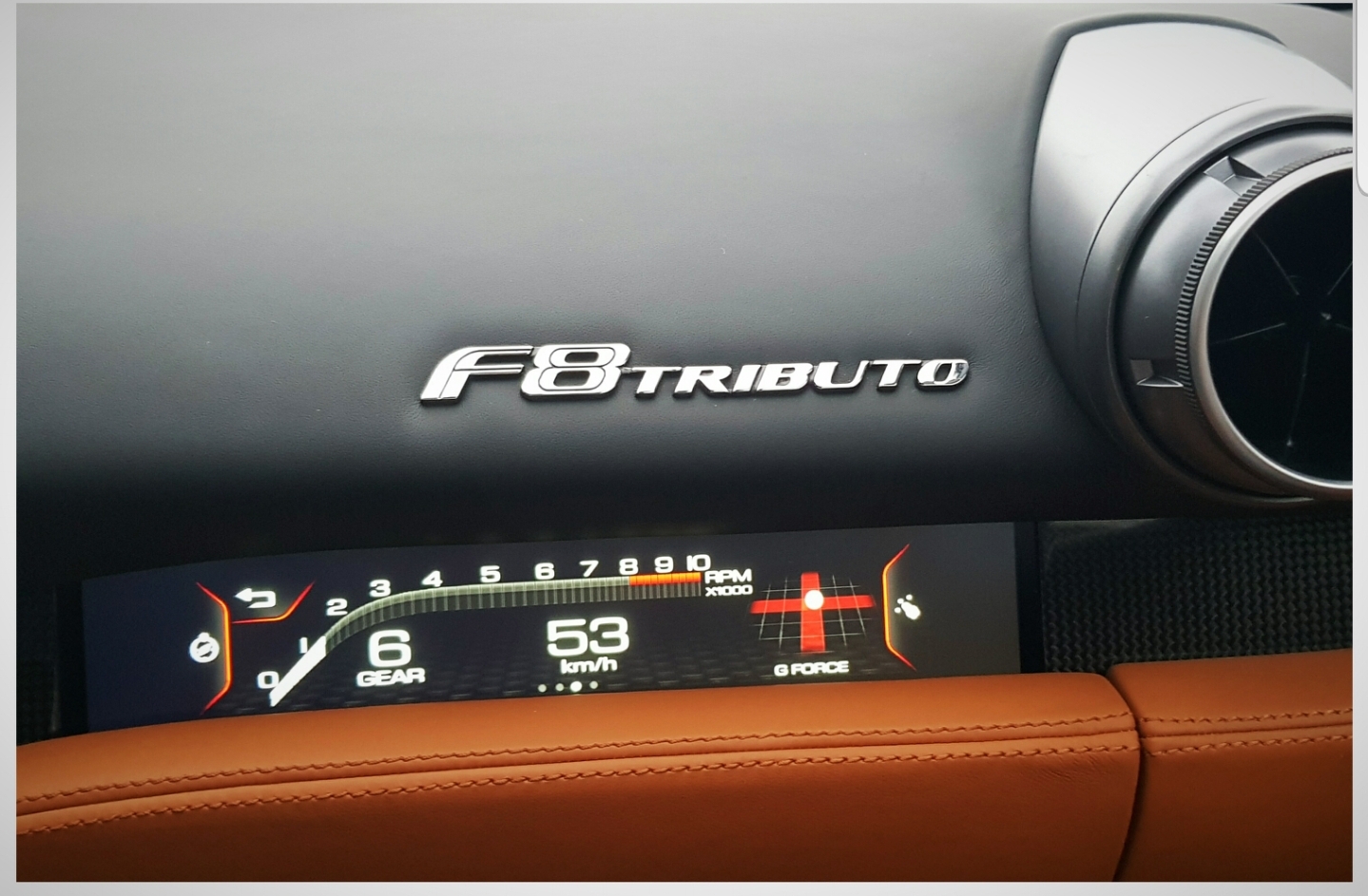
However, like we first saw on the F12/FF (and then later in the GTC4Lusso and 812 when a coloured version made an appearance), the passenger isn’t left to his/her own devices either.
A discreet info-taintment ‘passenger display’ touchscreen is artfully fitted flush into the passenger-side dash to display road-trip relevant info, such as waypoints, multimedia interface and dynamic settings.
There’s some degree of engagement for the passenger too, because it’s possible to input points of interests into an existing route, toggle between music, and when you see the Manettino toggled to Race as the road turns winding, brace yourself with knee and grab-handle…
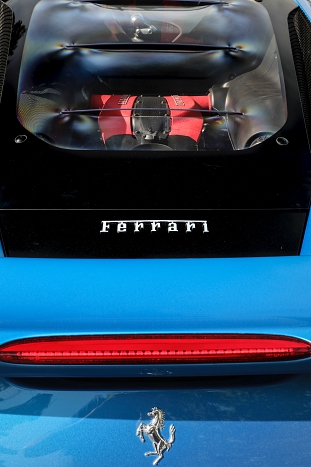
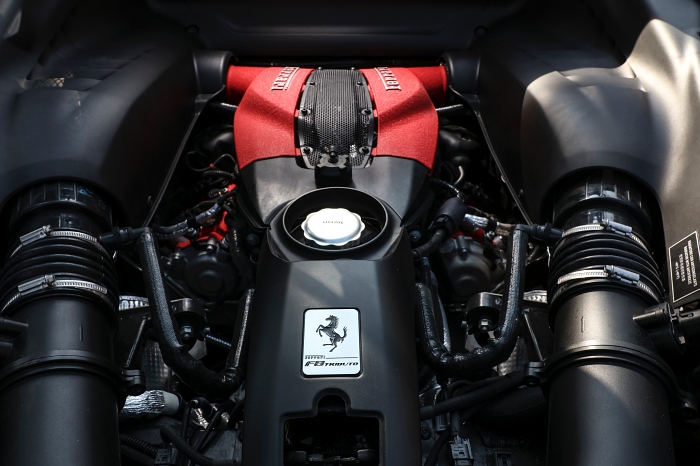
With the F8’s Pista-derived powerplant and further evolution of the Pista’s aero, it’s easy to draw comparisons with the gritty, no-holds-barred 488 Pista, instead of the 488 GTB, which the F8 replaces.
However, comparing F8 Tributo to 488 Pista is as irrelevant (and irreverent) as comparing 812 Superfast to F12tdf – plenty ‘fast’, but without a lot of the ‘feels’ you enjoy with unadulterated driver’s cars like the F12tdf and 488 Pista.
With the F8, you do feel every inch of the road, but it's like you're wearing kid gloves - with the Pista and tdf, you’re feeling a whole lot more, because it's a far more raw experience, which is how we still like our fun...
(Click HERE to read about the F12tdf... and an Isetta 300!)
The lag-free characteristics of the F8’s turbocharged V8 certainly delivers the same blistering performance as the Pista (albeit peaking at a lower 7000rpm compared to the Pista’s frenetic 8000rpm) that will have the occupants punctuate the brief pauses between upshifts with blistering epithets.
It’s fine form indeed for a brand that has only recently started with turbos in its modern cars, but old-school petrolheads will also see the appeal in the 720S’s style of thumping turbo thrust. The F8 may be breathtakingly fast and supremely accomplished, but it is also perfectly poised and eminently suited for touring sensibilities.
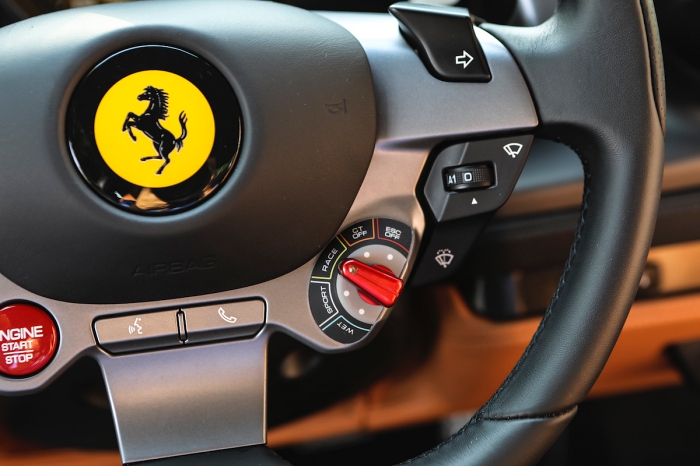
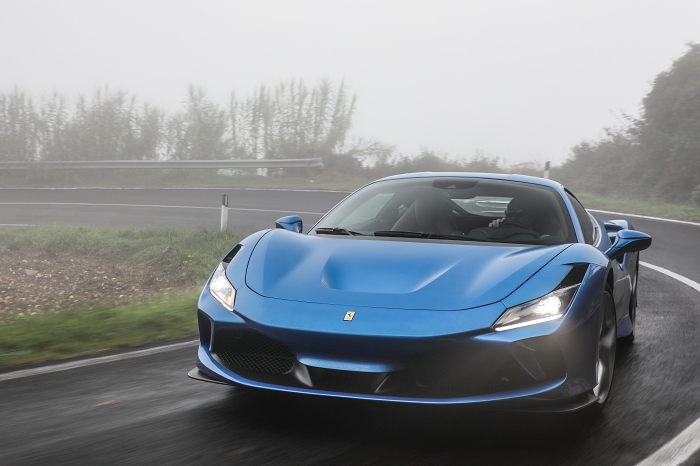
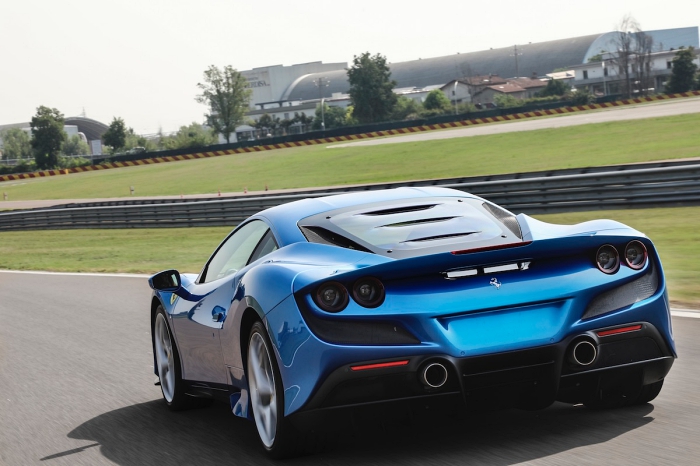
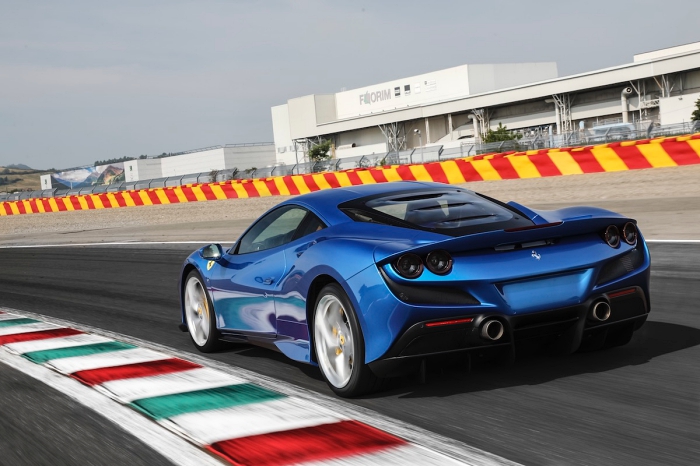
In terms of unbridled propulsive force, the F8 is a properly hard performer, and it’ll gamely play along to let you carve up corners with aplomb since it cuts deep when you’re going deep.
The steering, brakes, gear-shifts and sound are engineered to stir the emotions when you’re indulging yourself with the science of speed, with an eager incisiveness and engaging playfulness to the F8 that makes the 488 GTB seem almost sanguine, and the 720S, fast and very furious in contrast.
(Click HERE to read about our drive of the 720S)
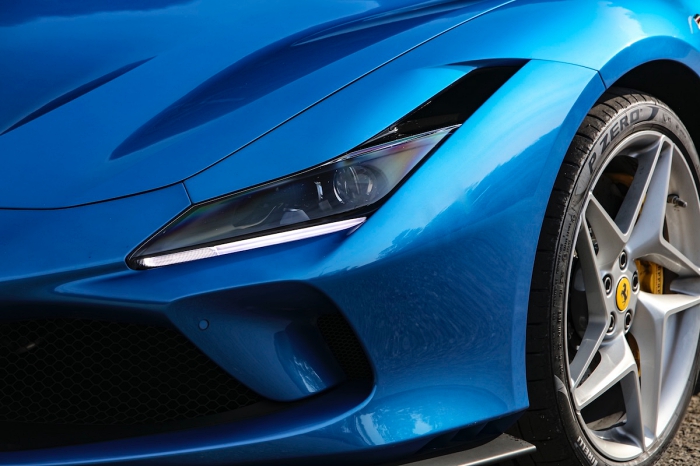
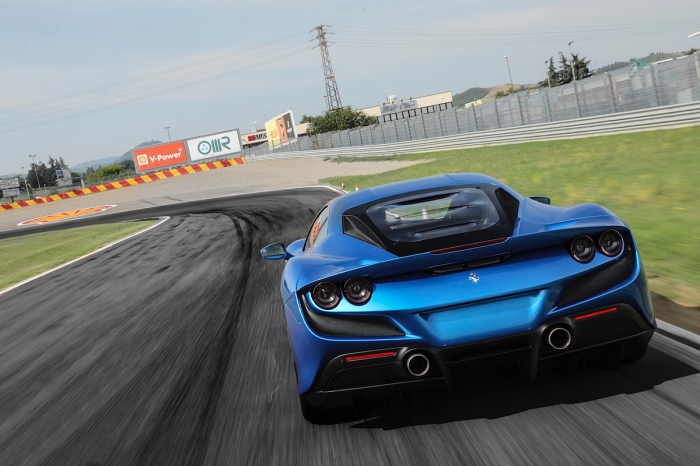
The F8 features Ferrari Dynamic Enhancer Plus (FDE+), an evolved version of the Ferrari Dynamic Enhancer (FDE) that we first experienced in the 488 Pista, which works the brakes to temper the potentially wild vagaries of losing it in a mid-engined rear-drive sportscar.
We mildly provoked the tail on the wet winding roads that served as playground for much of the day’s proceedings, and you feel everything that’s happening through seat-of-pants and steering, so you react intuitively and naturally, as opposed to applying instinctive muscle memory as you would in a car with less of the feels.
Where it was only engaged in the Pista in the manettino’s ‘CT Off’ mode (that’s just one level before bare-knuckle ‘ESC Off mode’), F8 owners can enjoy it even in Race, which keeps more of the stability systems active than in CT Off. In CT Off, FDE+ operates to give you maximum grip without too much steering wheel drama, as opposed to the lurid theatrics possible in Race.
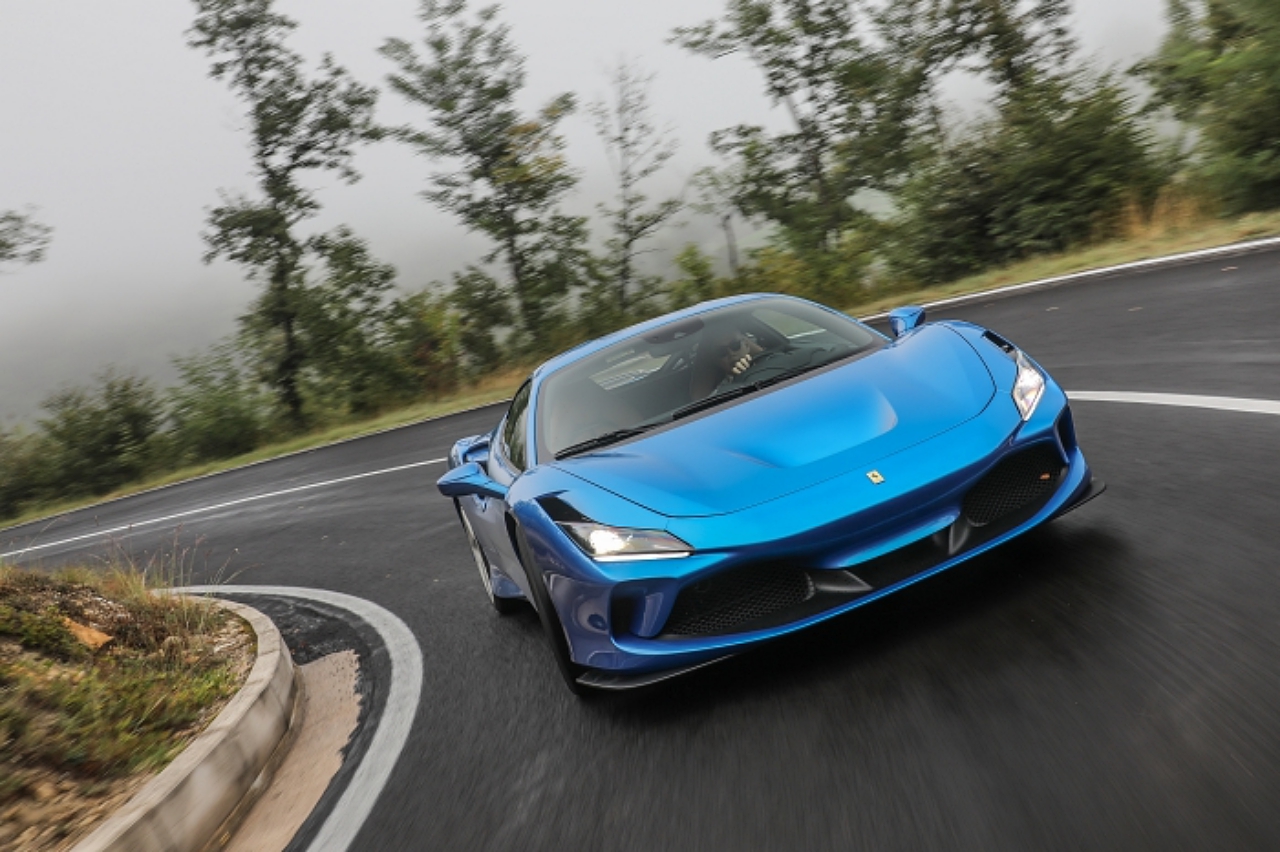
The objective of FDE? To allow drivers of intermediate levels enjoy gratuitous and predictable sideways action without the frantic, white-knuckled steering wheel twirling that accompanies taming a vicious tank-slapping experience.
Mind, you’re still expected to provide input from steering and throttle to bundle it all together, so don’t mistake FDE+ for an automated slide recovery system – you’ll still crash if you don’t try hard enough, or is that, if you try too hard…
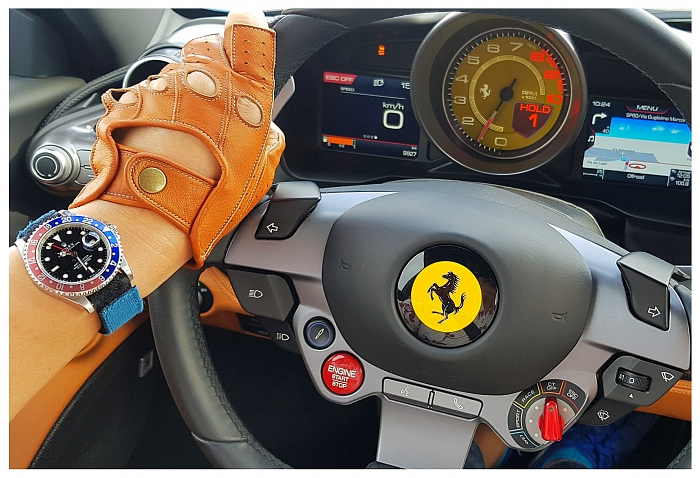
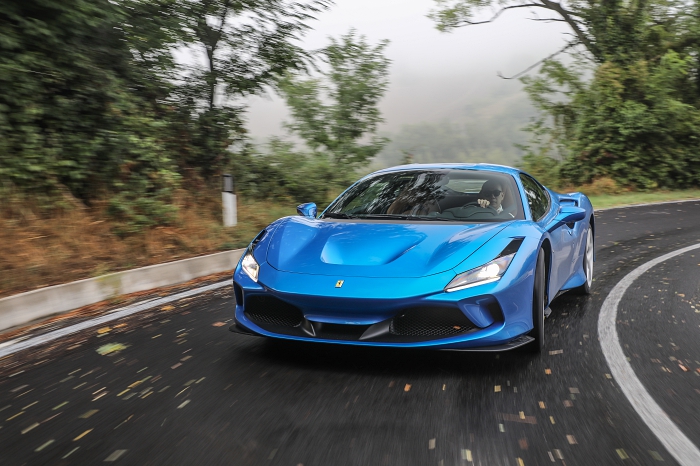
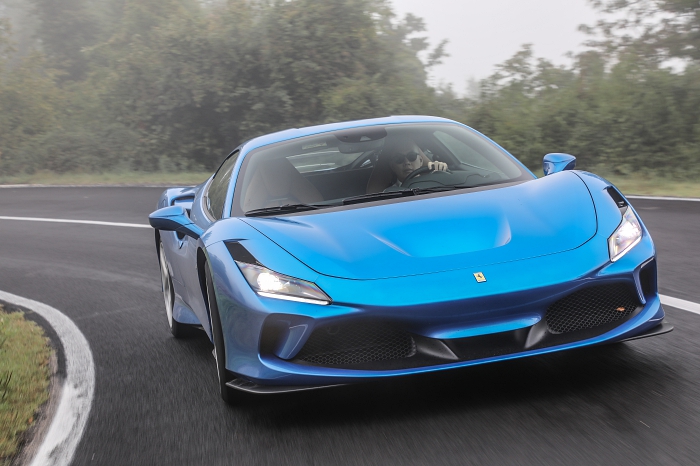
On the topic of steering wheels, the F8 bucks the trend of increasingly chunky steering wheels that some brands feel are de rigueur for modern sportscars.
The thin-rim steering wheel is a lovely, nostalgic throwback to older sportscars, but is also big on the feels, so it’s possible to drive the car hard through fingertip-feel alone, instead of ham-wrestling it into submission.
This is the biggest difference between proper sportscars and sporty variants of regular cars: Like show-jumping thoroughbreds, the visceral edge is hot-wired into the DNA of the former, so they’re constantly working with the committed driver, but with the latter, it’s often a case of drivers working the cars hard.
It may be a subtle difference, but it’s there nonetheless, and the F8’s pedigree shines through at all times, and it is a fine tribute to Ferrari’s mid-engined V8 berlinettas.
PHOTOS Ferrari / David Khoo
VIDEOS David Khoo
ENGINE CLIP Derryn Wong
FERRARI F8 TRIBUTO
Engine 3902cc, V8, twin-turbo
Power/rpm 720hp/7000rpm
Torque/rpm 770Nm/3250rpm
Transmission 7spd F1 dual-clutch
0-100km/h 2.9secs
Top Speed 340km/h
Fuel Consumption tba
CO2 tba






